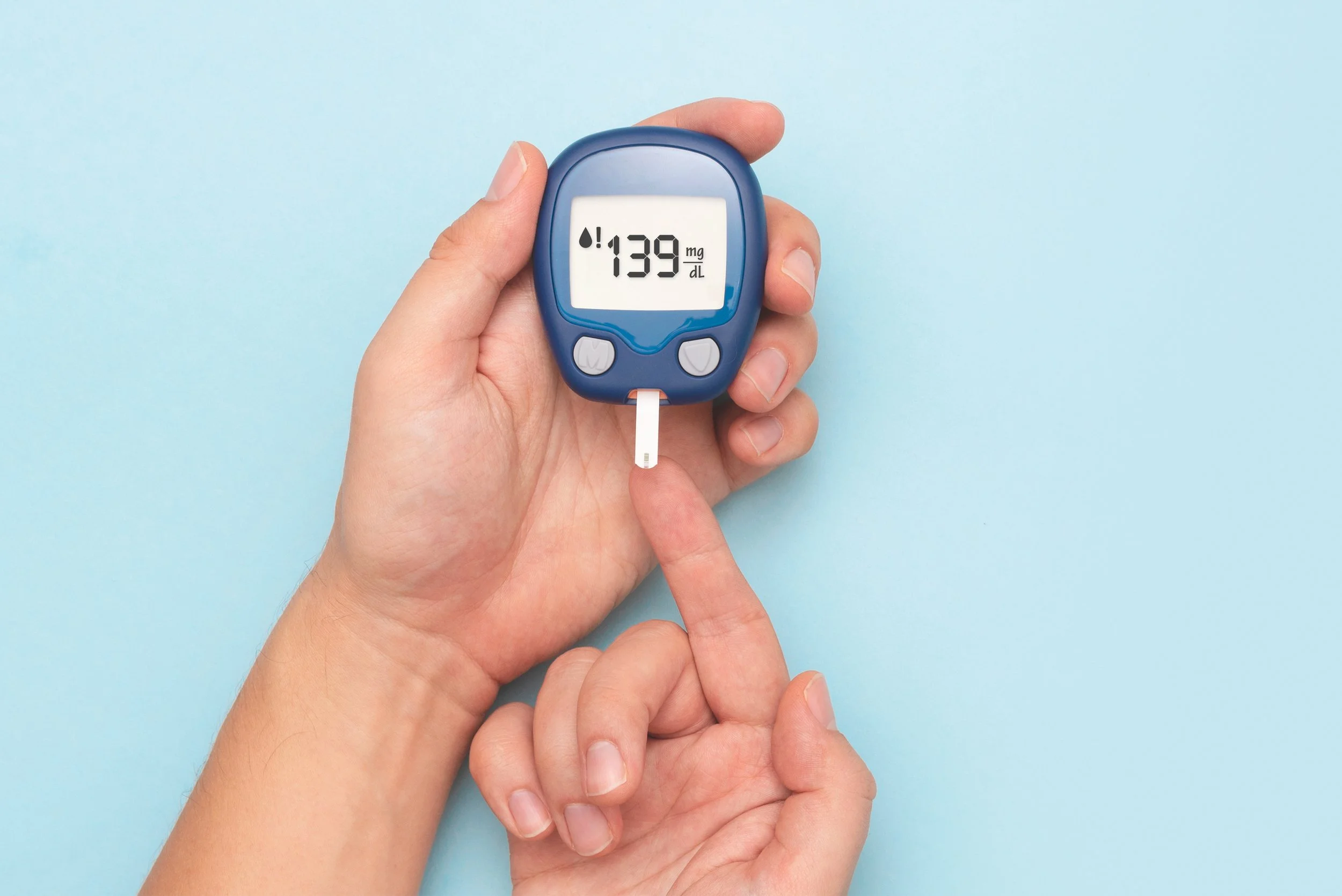Welcome to The Pearl Log — where post-shift wisdom surfaces, one shiny clinical take at a time. Some pearls are fresh, some are rough, all are found under pressure.
Find a Pearl

Potpourri: Recurrent Hypoglycemia, Valproic Acid Overdose, Vertigo, and Autism
A mixed bag of medicine and myth from this week’s shifts:
recurrent hypoglycemia (think meds, organ failure, and missed meals), valproic acid toxicity (with carnitine on your side), and a reminder to assess for the timing and triggers of vertigo. Oh—and Tylenol doesn’t cause autism. Read the studies, follow the money, and keep your critical lens sharper than your 10-blade.

Potpourri: Euglycemic DKA, Slit Lamp, Abd Pain in Pregnancy
A few quick takeaways from shift. Euglycemic DKA is real—new ADA criteria now allow for normoglycemia if ketones and acidosis are present. Think alcohol, SGLT2s, or pregnancy. Brush up on some slit lamp basics. And for early pregnancy with pain or bleeding, grab the probe first. If you find an IUP, congrats, then your basically done.

Pediatric DKA: A Quick Blurb
Pediatric DKA isn’t just “small adult DKA.”
Kids are often more dehydrated than they look, more prone to hypoglycemia and cerebral edema, and deserve careful, steady management. Fluids start with 10 cc/kg NS boluses, insulin runs at 0.05–0.1 U/kg/hr (never as a bolus), and electrolytes—especially potassium—must be watched closely. The two-bag system keeps glucose steady while ketoacidosis clears, balancing safety and control.

Diabetic KetoALKALOSIS
Sometimes DKA doesn’t read the textbook.
A patient can have elevated beta-hydroxybutyrate and a wide anion gap, yet show a normal or even alkalemic pH—thanks to vomiting, volume contraction, or mixed acid-base shifts. That’s diabetic ketoalkalosis. Don’t be fooled by the “normal” blood gas; if the gap and ketones are high, treat it like DKA.
